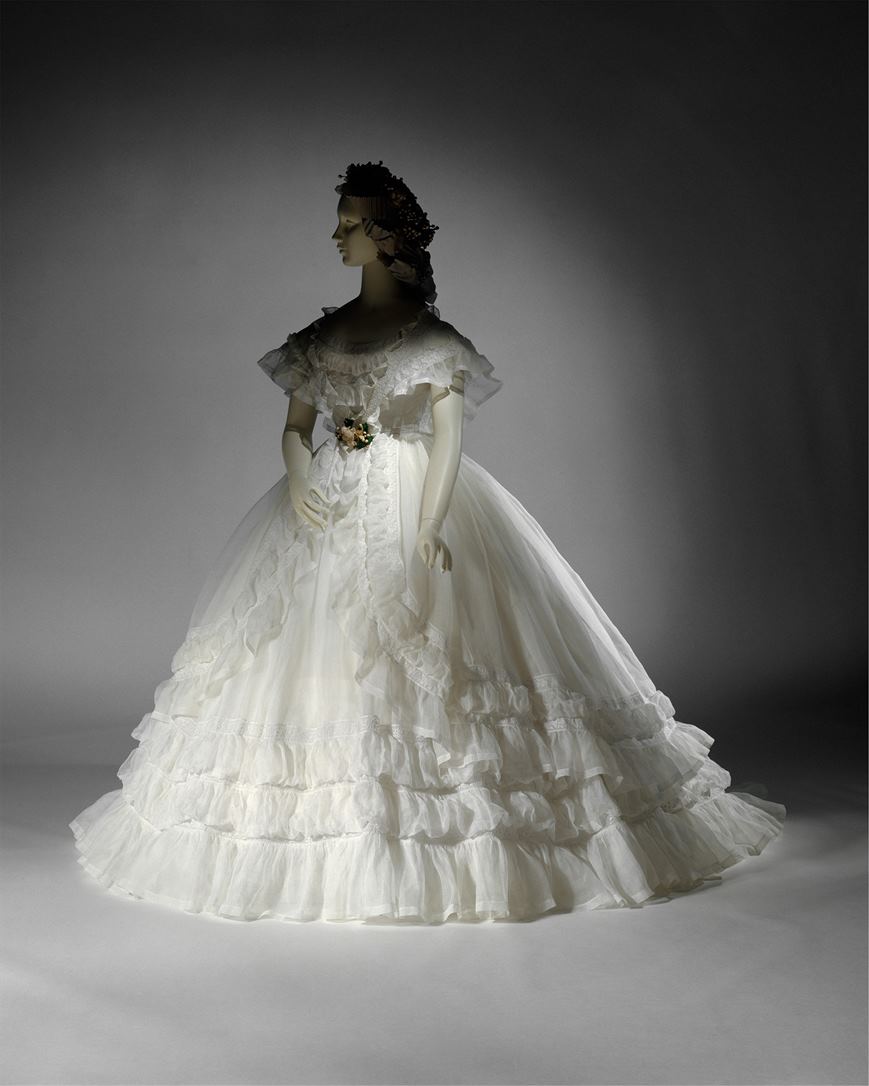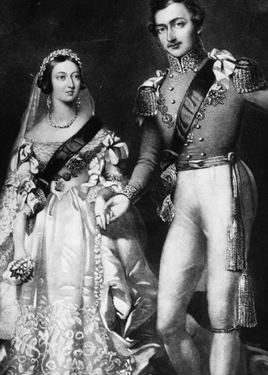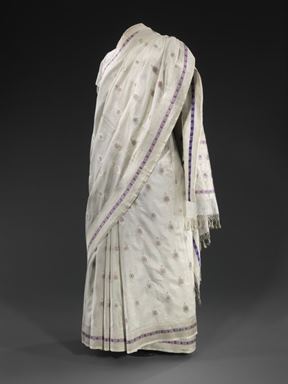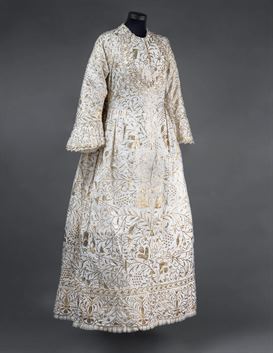The Wedding Dress and How it Came to Be

The history of weddings and the idea and marriage is incredibly long and extensive. Marriage was at one point mainly used for financial stability, to gain social status, and to even create alliances. As time has passed the reasoning of marriage has changed. Used as the term of bonding two people who love one another and wish to be with no one else. This bond is usually finalized in a ceremony that came to be known as the wedding. So at what point in time did the wedding dress become so important? Here we take a look back in time at wedding dresses, how they have become the white splendor we see them as today, and how the modern day wedding dress has influenced cultures around the world.
The Beginning
Wedding dresses were not specifically bought for the wedding day and were not always white. Most people could not afford to go out and buy a new dress just to be used one time. Many women would just wear their best dress for their wedding, and that dress could be any color, even black. Women did try to avoid the color green as it was seen as an unlucky color. Blue was a more popular color as it was thought to be a physical representation of purity and piety. People also believed that the color blue was connected to the Virgin Mary. Darker color dresses were favorable as they hid stains and imperfections well and could be used again.
The Color White

The long-time Western trend of wearing white on your wedding day is said to have been created by Queen Victoria when she married her husband, Prince Albert, in the mid-19th century. Queen Victoria wore a white silk satin and lace dress and also decreed that no one else should wear white to her wedding, which also caught on and is still a trend today. The idea of white caught on quickly with nobles and other elite members of society. The fashion magazine of the time, The Godey’s Lady Book, stated the white is the most appropriate color for the special occasion as “It is the symbol of the purity and innocence of girlhood, and the unsullied heart she now yields to the chosen one.” Even though white became the popular option for wedding dresses, there are many points throughout modern history where white wedding dresses were put to the side, a couple of those points being during the Great Depression and during World War II. Due to the poor economy, very few women would buy a wedding dress and would choose to just wear their best outfit. Even Queen Elizabeth II had to collect clothing coupons in order to purchase her own wedding dress.
Wedding Dresses in Eastern and African Cultures
While white wedding dresses are now incredibly popular around the world, some cultures will still turn to old traditions and choose other colors. In eastern cultures, many brides will choose to bright colors such as red, green or yellow. Many people of Africa will also stick to tradition garb. The Ndebele people of South Africa still dress brides in a beaded train called a Nyoga (meaning snake), which hangs off the shoulders and moves on the ground in a snake-like motion.
The Western Influence on Traditional Jewish Wedding Dresses

Jewish culture, in particular, was extremely influenced by the idea of white wedding dresses, which can be seen in the Jewish Life & Art Collections at the Israel Museum in Jerusalem. In their collection, visitors can travel through time to different areas of the world that have heavy Jewish populations, and view the different styles of traditional wedding attire that Jewish brides have worn and still wear. The newest addition to the collection is a unique wedding dress from 19th century Baghdad where the influence of white can be seen. The collection also contains a 1930s silk-spun wedding dress with winged sleeves made in Sandor, Iraqi Kurdistan, an early 20th century Tunis trouser outfit that was commonly worn by brides, and the henna dress of Dakhla Rachel Muallem. Henna dresses are worn during henna parties, a premarital rite celebrated in the Middle East, North Africa and India. Muallem was a child bride who was married off at the age of 11. During the 1941 Farhud pogrom and riots, Muallem fled to Iran in 1948 and resided there until her death in 1960. In the 1970s her children escaped the Khomeini regime and went to London, taking the henna dress with them, and they later donated it to the museum. If you would like to see more of the collection, click here.

